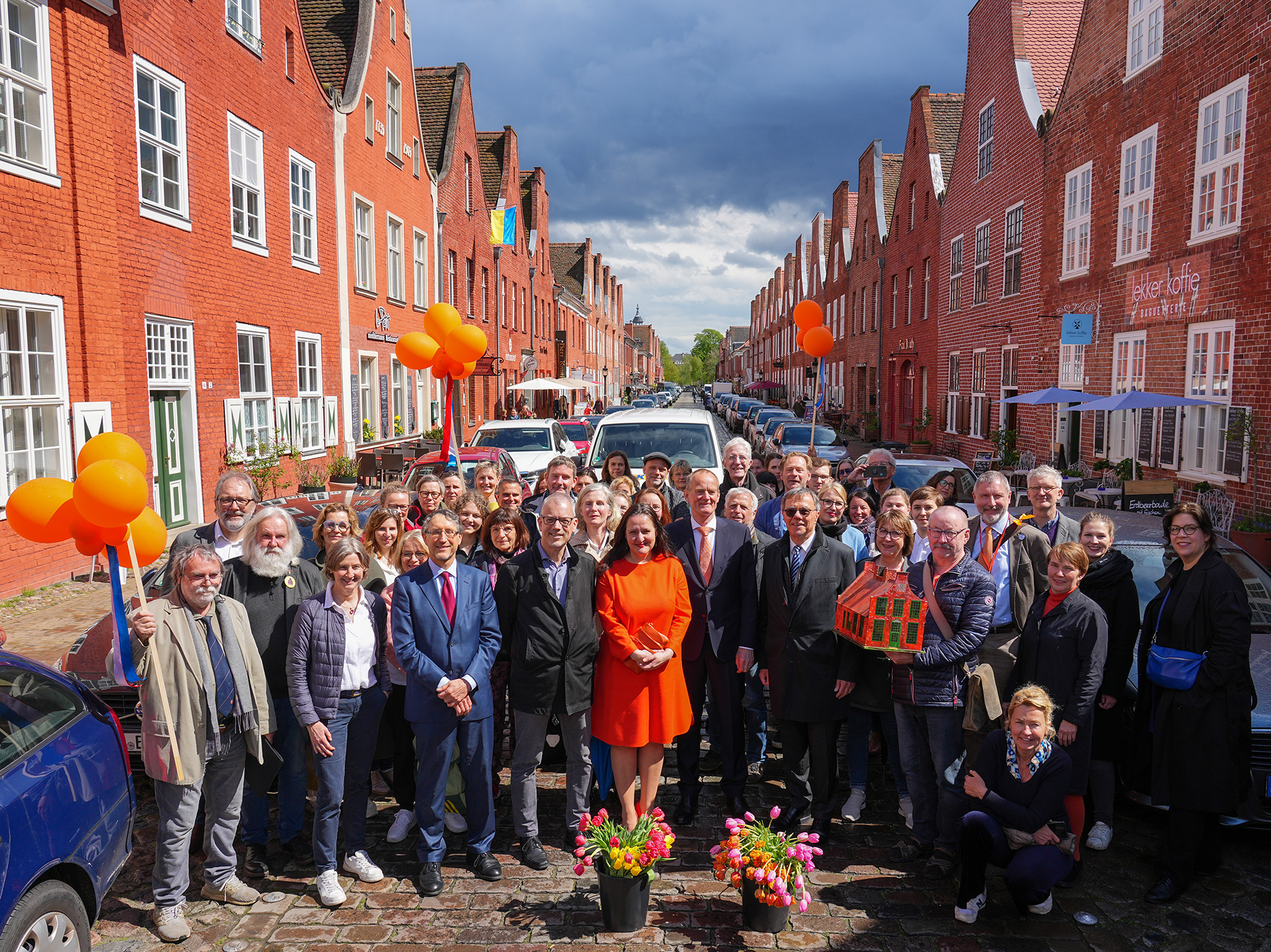
Wool, wine, visions
A journey through Europe’s crafts in Potsdam
Anyone visiting Potsdam is embarking on a time journey through Europe. The palaces and gardens speak of the aspirations of their builders – for Italian lightness, French elegance and English grandeur. However, it’s not only the city’s appearance that is diverse but also its culture and traditions that vary. Thanks to the tolerance and marriage policy of the Brandenburg and Prussian rulers, people from all over Europe flowed into Potsdam as craftsmen, religious refugees and skilled workers. Their knowledge and skills helped the city realize its visions, such as establishing its own silk production, completing the drainage of a city built on a swamp, and cultivating Mediterranean plants on German soil.

These visions can still be admired today if you look behind the unique brick façades of the Dutch Quarter. In order to expand the garrison town Potsdam Frederick Wilhelm I., known as the soldier king, needed craftsmen who were highly knowledgeable in dealing with damp soil. He found, what he was looking for in Germany’s neighboring country the Netherlands. To accommodate a homely feeling for the Dutch craftsmen, the king himself ordered for 150 red houses to be built. Nowadays known as the Dutch quarter.
Small, colourful gable houses are lining the streets in the weaver quarter instead, bearing names like yarn- or cloth maker street. They indicate who originally lived in this former colony called Nowawes. Frederick II. initiated the settlement of Bohemian weavers and spinners in today’s Babelsberg in 1750. The promise of exception of tax and liberty of religion attracted the craftsmen to move to this “new village” (German translation of Nowawes). With the foundation of these wool manufacturies, the king aimed to improve the supply with cloth material in Prussia.
Mediterranean plants, purposefully designed long vistas and imposing palaces – no other place in Potsdam unites as many traces of renown craftmanship as does Sanssouci Park. Already during the time of Frederick II. the royal gardeners were far more than simple craftsmen. Travelling though Europe to expand their knowledge, they returned to Potsdam with new ideas and inspirations. From afar, you can see the rotating blades of the Historic Windmill of Sanssouci, bringing the miller’s craft to life as it did in Frederick II’s time. The Royal Vineyard invites you to enjoy hand-picked delicacies.
The Europe-inspired arts and pleasures that found their way to Potsdam are still alive today. Don’t miss out to discover your Potsdam and the many tales of those, who have shaped the many facets of the capital of Brandenburg.
– Sophie Soike & Maike Wiegmann, Potsdam Marketing und Service GmbH
Header Image: PMSG



